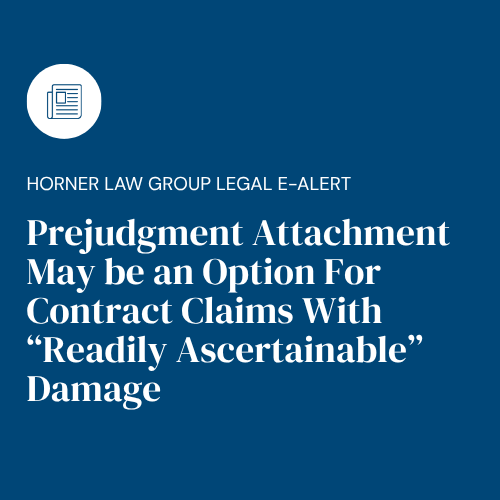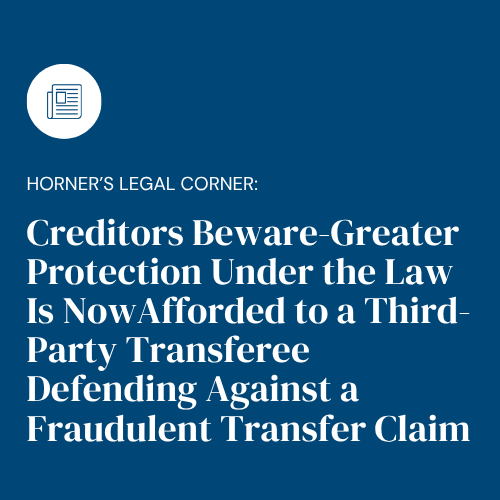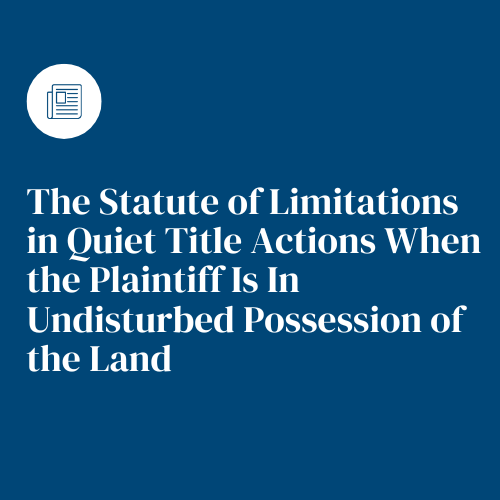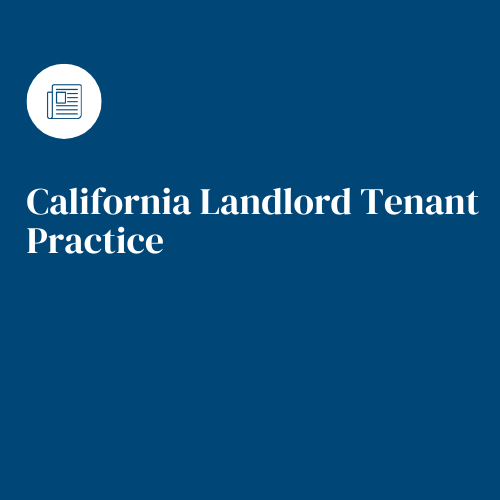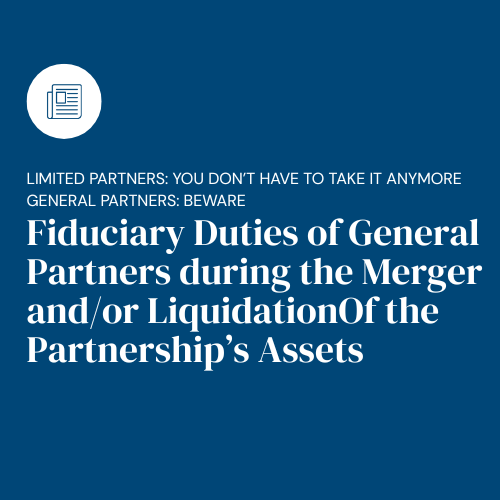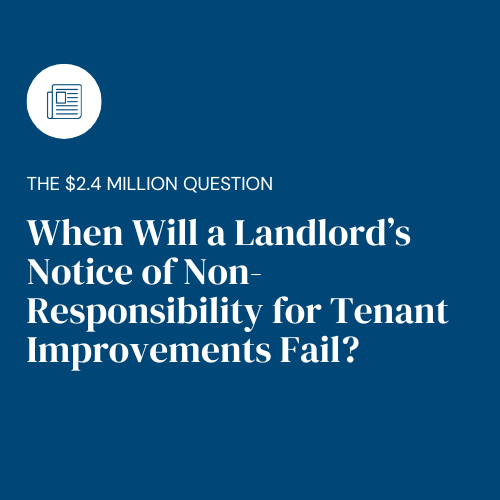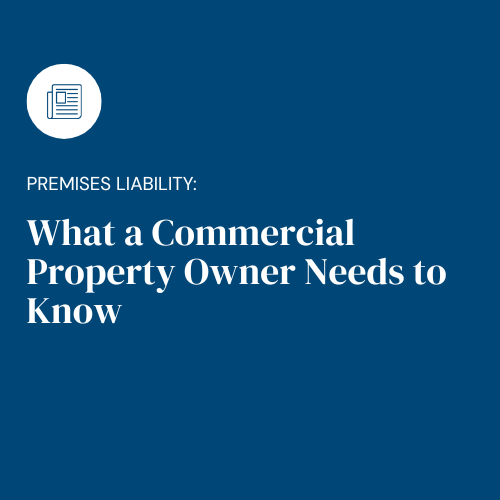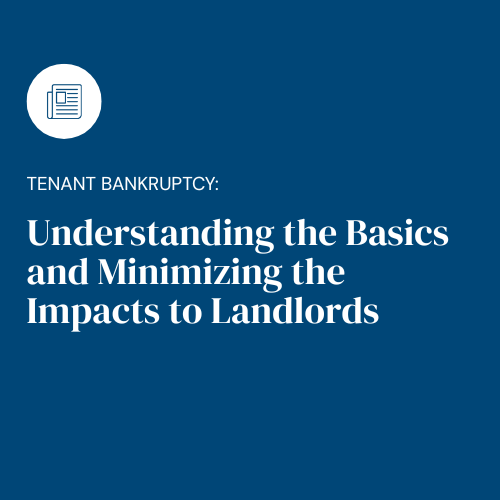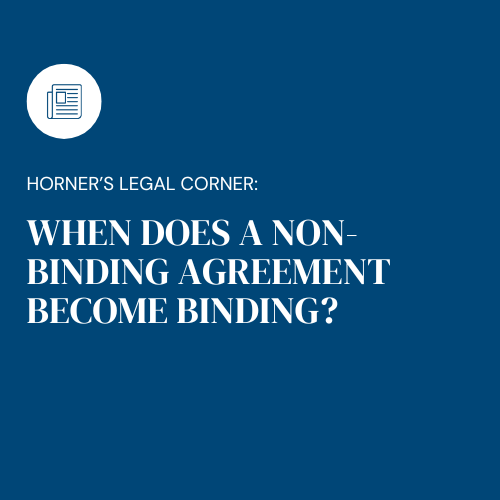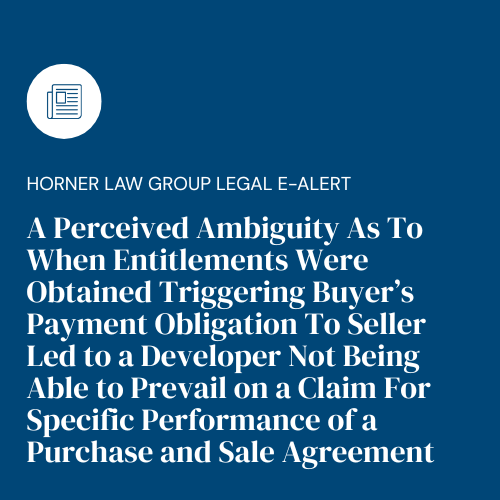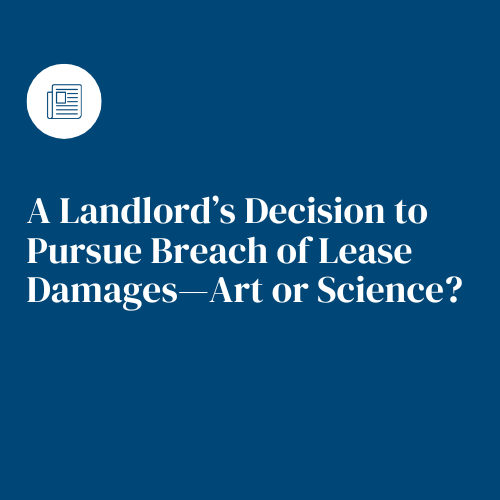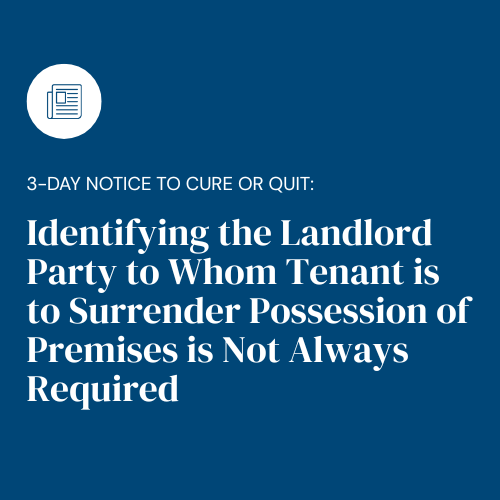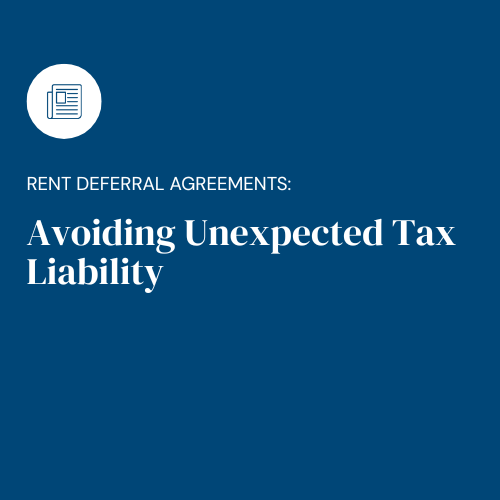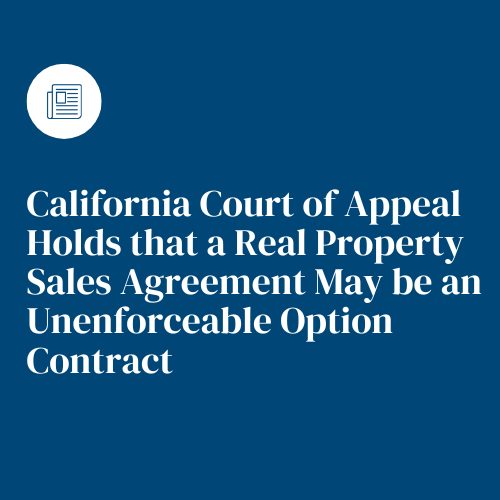WHEN DOES A NON-BINDING AGREEMENT BECOME BINDING?
CONTACT
Cliff Horner
By now most of us who deal with commercial contracts (leases, purchase and sale agreements, etc.) have had enough time to come to terms with the concept of a binding agreement to negotiate a contract in good faith that arose from the 2002 legal decision in Copeland v Baskin Robbins USA. While certainly not always the case, most professionals understand the implications of the Baskin Robbins case and are careful to include non-binding language to avoid the consequences of Baskin Robbins. More important, most of us have made sure that our Letters of Intent (“LOI”) and Memorandums of Understanding (“MOU”) include specific language meant to address the ruling in the Baskin Robbins case to make sure our LOIs and MOUs cannot be construed to be a binding agreement of any kind. Now, almost ten years after the Baskin Robbins case, the 9th Circuit Court of Appeals has published a new case strongly reaffirming the importance of including language that explicitly states a parties' intent to not be bound by any agreement or negotiations prior to executing a formal and final lease agreement.
In February of 2011, the 9th Circuit Court of Appeals released its opinion in the case of First National Mortgage Company v Federal Realty Investment Trust[631 F.3d 1058 (9th Cir. 2011)], in which the Court upheld a jury verdict in the amount of approximately $16,000,000, enforcing a document stylized as a “Final Proposal” as a valid commercial lease; the “Final Proposal” was executed by the principals of the parties and contained nine bullet point material terms, but was most notably missing the length of the term of the contemplated lease [for those who are curious, the full text of the “Final Proposal” is set forth at the bottom of this article].
The deal involved an important parcel in the multi-million dollar Santana Row mixed-use development in San Jose and the specific deal being negotiated contemplated over $1,000,000 per year in Rent with a purchase put option and a purchase call option both at a 9% capitalization rate. The LOI in the First National case, while relatively short and simplistic, is not atypical to the types of one page bullet point lists in LOIs that are commonly employed in the industry.
But before any panic sets in, there are some important facts specific to the “Final Proposal” at issue and the history of negotiations for the deal in that case that form the basis for the Court's ruling. First, the Court relies heavily on the title of the documents – “Final Proposal” – and the fact that the parties state that the terms contained therein were “hereby accepted by the parties subject only to approval of the terms and conditions of a formal agreement.” (emphasis from the Court's opinion). The Court goes on to note that the “Final Proposal” not only included the language above, but also omitted standard non-binding language that was included in earlier drafts, which earlier drafts progressed from being entitled a “Counter Proposal” to a “Revised Proposal” to the “Final Proposal.”
For those who know basic leasing contract law, you are likely thinking to yourself at this point, even if the “Final Proposal” could be considered binding, it couldn't be enforced because it was missing an essential element for an enforceable lease – the length of the term of the lease. The Court addressed that argument, stating that essential elements do not have to be expressly set forth in the contract. Evidence outside of the contract itself, often referred to as "parol evidence" can be used to demonstrate that an essential element is implied by the contract and was understood by the parties to that contract. Here, the Court used the ten-year duration in both the put and call provisions as sufficient evidence to support the jury's decision that the parties intended and agreed-upon a ten-year lease term in the "Final Proposal". As a note, the concept of implying the duration of a lease when the term is not explicitly set forth in a contract is not new, as it was upheld in California courts as early as 1968 [Consol. Theatres, Inc. v. Theatrical Stage Emps. Union, (1968) 69 Cal.2d 713 at page 727.]
One positive note about the decision - the Court's ruling confirms that if parties are careful to explicitly state that LOIs or MOUs or any similar intermediary agreements are intended to be non-binding, the Courts are to recognize and uphold that non-binding intent. Specifically, the Court is careful to distinguish prior case law regarding non-binding letters of intent such as those discussed in the case of Remick v O.P.T.I.O.N. Care, Inc., 77 F.3d 309 (9th Cir. 1996), pointing out that the Remick case involved a document entitled "letter of intent" [which type of document connotes a non-binding intent] and specifically included language stating: "this letter of intent is of no binding effect." As a note to contract drafters, in addition to traditional non-binding language required for a letter of intent to remain non-binding, it is important to additionally disclaim any covenant of good faith and fair dealing, any obligation to negotiate or continue negotiating, and specifically provide an express disclaimer of reliance damages.
So what does this new 9th Circuit case mean practically-speaking? The lessons to be learned here are:
(1) Make sure your non-binding language is clear and is always included in any and all documents and correspondence exchanged during any stage of negotiations. If a negotiation is intended to be non-binding title the document "Non-Binding Letter of Intent". Clarify in the opening and closing paragraphs that the parties do not intend to be bound to the terms being discussed therein (and be careful not to use the word "agreement").
(2) Don't assume that a document is unenforceable just because it references being subject to a further or finalized agreement.
(3) If you have questions about whether an LOI could be found to be binding, call your attorney and ask for an opinion. Involving attorneys earlier rather than later, and certainly during the negotiations of letters of intent or other documents containing material terms of an agreement, can protect against very expensive mis-steps.
_"Final Proposal" in the First National Case
1. Ground lease at $100,000 per month. Lease to include increases of three (3%) annually.
2. First National is given a 10 year put at a capitalization rate of 9% at the then current annual rental. Federal Realty to cooperate with tax free exchange.
3. Federal Realty to be given a call at the end of ten years at a 9% capitalization rate.
4. First National to be offered an option to lease office space of up to 5000 square feet in the new Santana Row complex at $4.00 per square foot per month, subject to the terms and conditions of a new lease.
5. First National to be reimbursed $75,000 to buy out the current lease holder, New Things West.
6. Federal Realty to pay for the moving expenses of First National Mortgage not to exceed $25,000.00.
7. Federal Realty to prepare a legal agreement for First National's review to finalize the agreement.
8. Effective date of agreement as of date of vacating premises.
9. The above agreement must be accepted via fax to 408-249-9214 no later than 10:00 a.m. California time on August 25, 2000, at which time this counter offer will automatically expire.
The above terms are hereby accepted by the parties subject only to approval of the terms and conditions of a formal agreement.
Subscribe to Horner Law Group Mailing Lists
Get the latest significant legal alerts, news, webinars, and insights that affect your industry.




